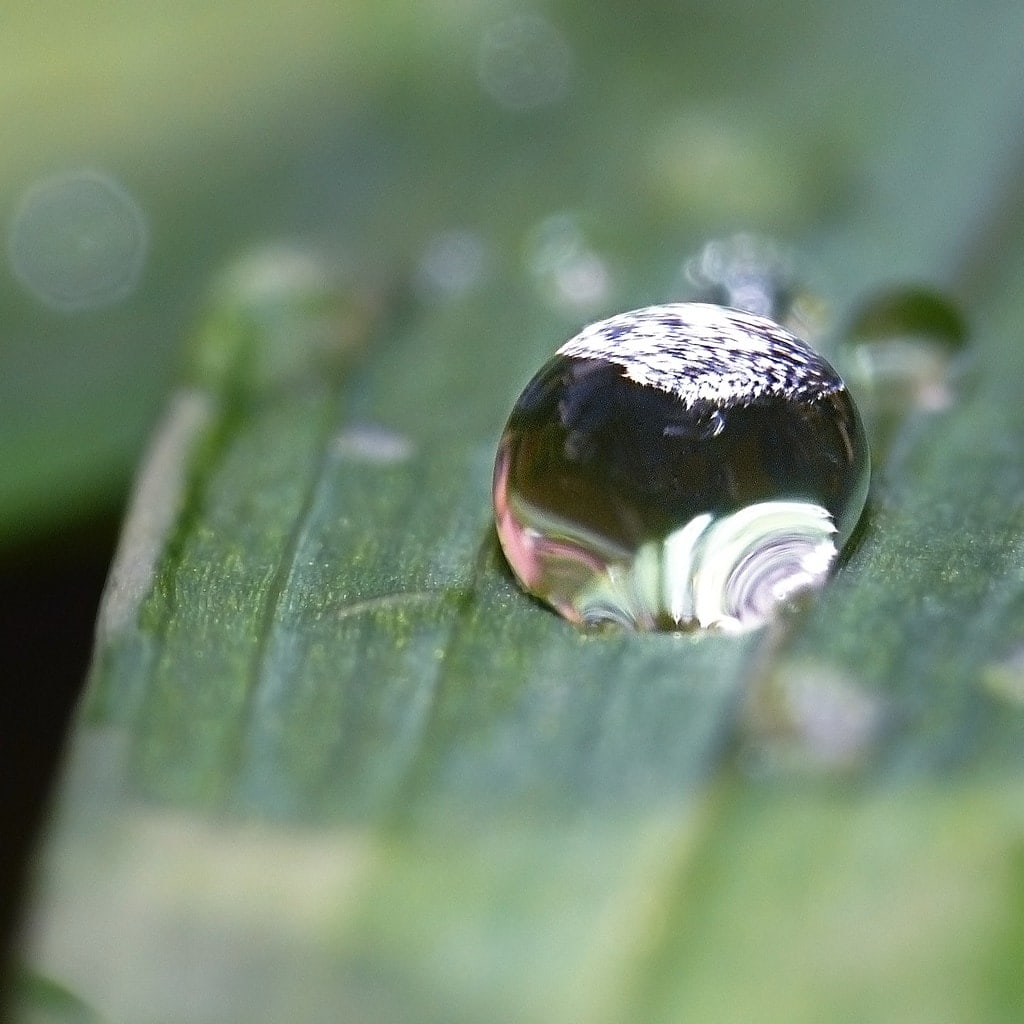Who among us is not fascinated by Macro photography ? Those photos full of color and detail, portraying everyday objects that we have rarely observed so closely. Doesn't it cause admiration to contemplate the giant head of a fly, the texture of the petals of a rose, or the details of the wings of a butterfly? I recognize that this photographic genre is one of my weaknesses. I can spend hours and hours observing Macro photos of elements of nature. It is a delight that for me is priceless.
If you have an SLR camera and you also like the idea of taking Macro photos, today's article is for you. In it I will explain some basic notions that you need to know about Macro photography and I will bring you closer to the type of lens that you will have to buy if you want to develop in this branch of photography.
And if what you want is to delve into nature photography, this is our most complete guide, with tips, tricks and lots of inspiration.
FIRST… WHAT EXACTLY IS MACRO PHOTOGRAPHY?
"Macro" means big. Macro photography is therefore a branch of photography in which the photographed subject is "big" in the photo, just as big as in real life or bigger. For example, if the size of an ant in the photo is equal to or larger than its size in real life, that is a Macro photo.
WHAT IS MACRO PHOTOGRAPHY USED FOR?
For me the first use is to contemplate the beauty of the "small" things that surround us. And I say small in quotes because the fact that they are small is something very relative, they are only small in our eyes, and that is where the usefulness of Macrophotography arises, which is capable of showing us the beauty of the subject (be it an object, animal or plant). in question.
Other more objective uses are that of biological research, which is a field that owes a lot to Macro photography, since it has made it possible to document many studies related to many animal and plant species.
Also thanks to Macrophotography it is possible to contemplate and enjoy some jewels or valuable objects whose very small size normally prevents them from being appreciated in all their detail.
WHAT DO I NEED TO START TAKING MACRO PHOTOS?
Although many compact digital cameras offer a "Macro" mode (usually marked with a flower symbol), this is not actually a real "Macro" mode, just very close-up photography, where the subject appears large but the level of "enlargement" necessary to be able to speak of a Macro photo is not really reached.
In my days with a compact camera, I loved taking photos in this mode that I am telling you about, the one with the flower symbol, but true Macro photography begins with an SLR camera.
Answering what many have been asking me: the Macro function is not a feature of the camera itself, but rather of the lens used. Many people want to buy their first SLR camera.and he asks me which one is the most suitable for Macro photography. All. The camera really only takes the photo, the one that focuses is the lens and therefore you don't have to worry about the Macro issue when buying the camera. It is a detail to take into account more when looking at objectives.
Once we have the camera, we have two options: either get a converter lens, or get a specific lens for Macro photography, which is the option I most recommend.
MACRO CONVERTER LENS
It is the option of those who cannot afford a true Macro lens . It consists of using the camera with any objective that we have at hand, even the one from the original kit, and attaching a small conversion lens to this objective that, as its name indicates, converts the normal objective into a Macro.
It is a very cheap option, since conversion lenses usually have a very affordable price. But be careful, I also have to warn you that the optical quality offered by these conversion lenses is light years away from the quality that a real Macro lens can offer you.
MACRO OBJECTIVES
If you have tried to focus with your normal objective at a very short distance, you will have verified that it has a minimum focusing distance, below which it no longer focuses.
Well, Macro lenses are lenses that have the ability to focus at very short distances. They are objectives that can continue to focus even when they are almost attached to the object or subject that we are photographing.
It is easy to find this type of lens since the word “Macro” usually appears in its box, name or description, and they usually have a focal length between 50 and 200mm (although there are even 500mm ones). Anyway, in this article we tell you more about macro objectives and we leave you with a good list of recommendations .
MACRO PHOTOGRAPHY EXAMPLE
Here are a few examples that capture the aesthetic power of Macro photography.
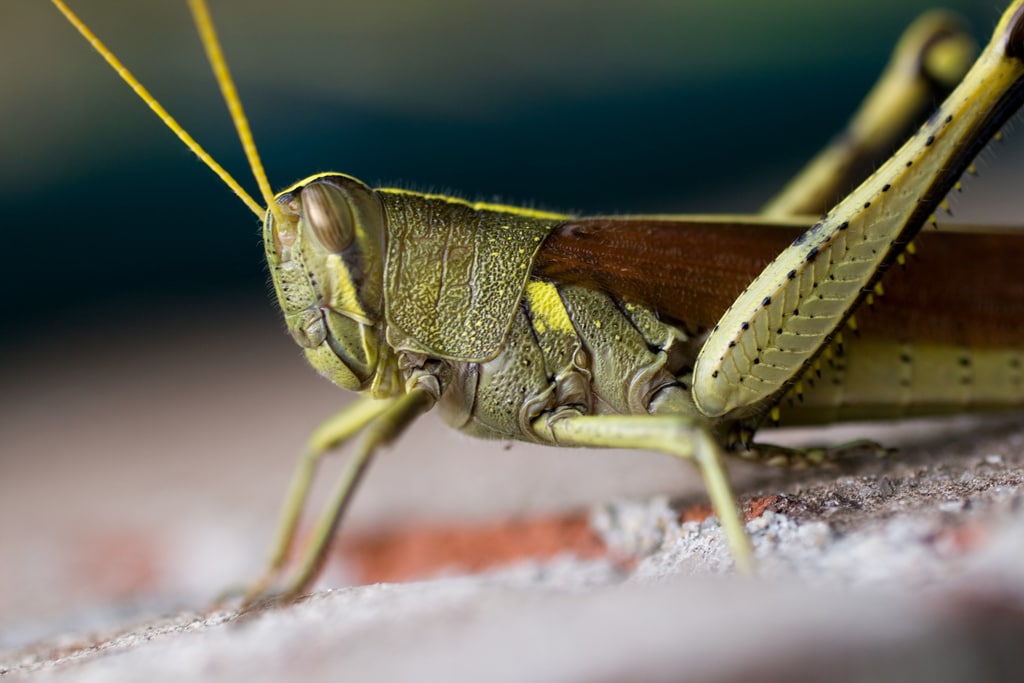
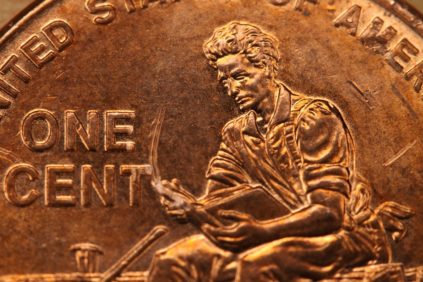
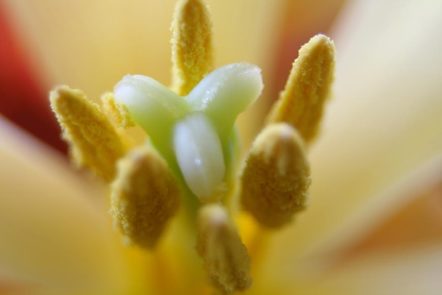
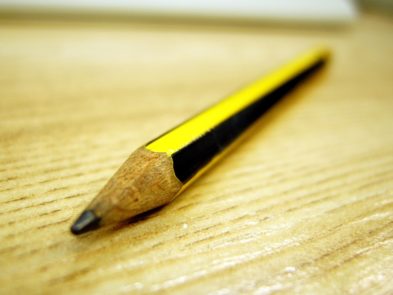
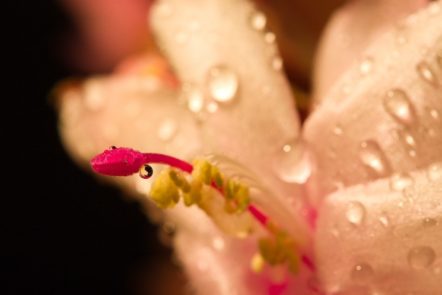
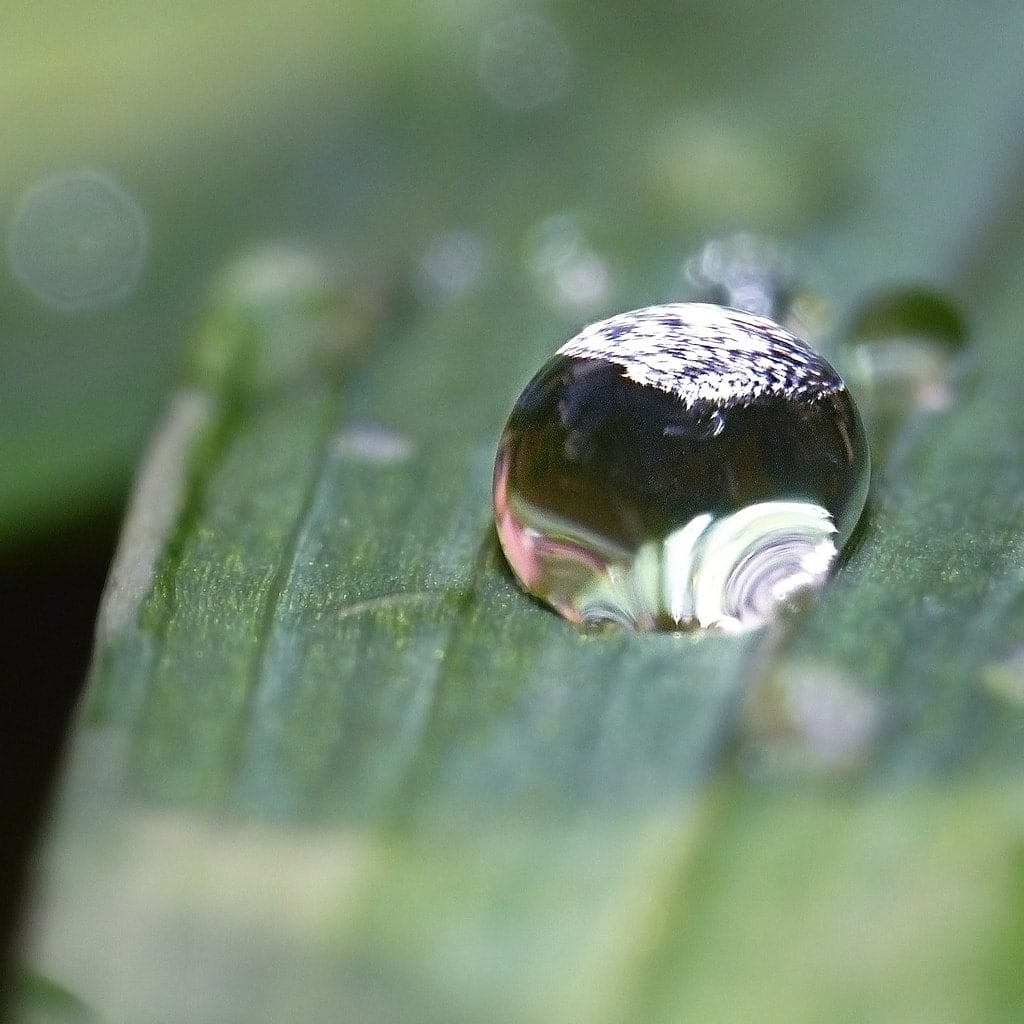
They are, if you look closely, details that we can find in our daily lives. Elements that surround us every day and that are unsuspectingly hidden in a pot, in a case or a purse.
MACRO LENSES THAT I RECOMMEND
So, in general, my recommendation would be to look for a lens with a focal length between 50 and 90mm, which obviously has the word "Macro" in the description, and preferably has a diaphragm opening as large as possible (f/value). low), something like this around f/2.8 can be an excellent choice.
Here is my macro lens recommendation for the 4 most popular brands of SLR cameras:
- For Canon: Canon – EF 100mm f/2.5 USM Lens with Macro
- For Nikon: Tamron – 90mm f/2.8 Di 1:1 SP AF Digital Lens with Macro and Integrated Motor
- For Pentax: Tamron- 272EP SP AF 90mm F/2.8 Di Macro 1:1
- For Sony: Tamron – 60mm f/2.0 Di II SP AF 1:1 Macro Lens for Sony
IT'S GOOD TO SEE
This is where today's article ends. Now, don't just passively gaze at the macro beauty that others portray. You already know the secret, now try to produce it yourself. When you take your first macro shots and look at the end result, trust me, you won't hold back your joy. You have my word ?

